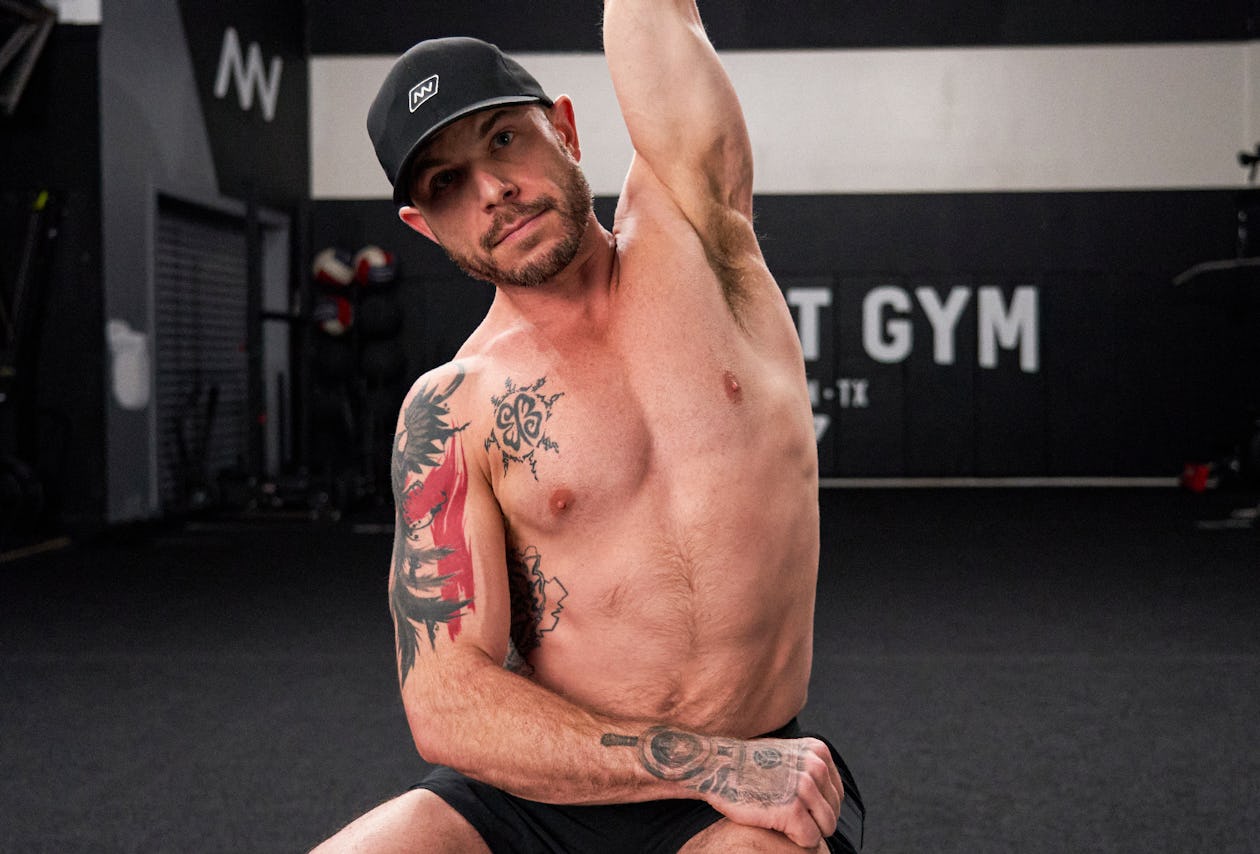Are you looking to optimize your morning routine for peak performance? Biohacking your morning with the right supplements can make a significant difference in your energy levels, focus, and overall well-being. Let's explore how you can supercharge your mornings with the power of supplements.
What are supplements and why are they important?
Supplements are concentrated sources of nutrients or other substances with a physiological effect that are used to enhance health and well-being. In the context of biohacking your morning routine, supplements can provide targeted support for specific functions in the body, such as cognitive function, energy production, and stress management.
Key supplements for biohacking your morning
1. Caffeine: Known for its stimulating effects, caffeine can improve alertness and focus in the morning.
2. Omega-3 fatty acids: Essential for brain health, omega-3 fatty acids can support cognitive function and mood regulation.
3. Vitamin D: Often called the "sunshine vitamin," vitamin D plays a crucial role in immune function and mood regulation.
4. Adaptogens: These herbs help the body adapt to stress and can promote a sense of calm and balance in the morning.
5. Probiotics: Supporting gut health is essential for overall well-being, and probiotics can help maintain a healthy balance of gut bacteria.
How to incorporate supplements into your morning routine
When biohacking your morning routine with supplements, it's essential to consider the timing and dosage for optimal effectiveness. Start by identifying your specific health goals and selecting supplements that align with those goals. Integrate them into your morning routine by taking them with breakfast or a morning smoothie for easy absorption.
Remember to consult with a healthcare professional before adding new supplements to your routine, especially if you have any underlying health conditions or are taking medications. They can provide personalized recommendations based on your individual needs and help you navigate the world of supplements safely and effectively.
The bottom line
Biohacking your morning routine with supplements can be a powerful way to enhance your overall well-being and performance throughout the day. By incorporating key supplements into your morning routine and optimizing their usage, you can set yourself up for success and make the most of each day. Take the first step towards a more energized and focused morning by exploring the world of supplements and unlocking their potential benefits.



